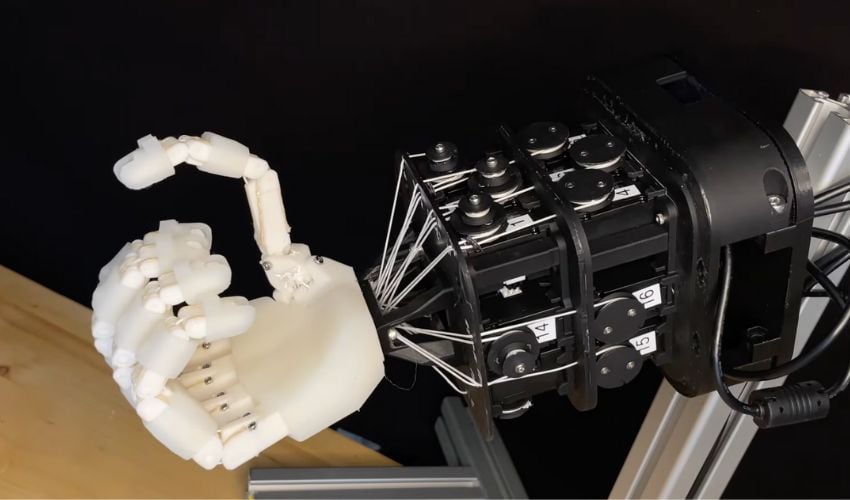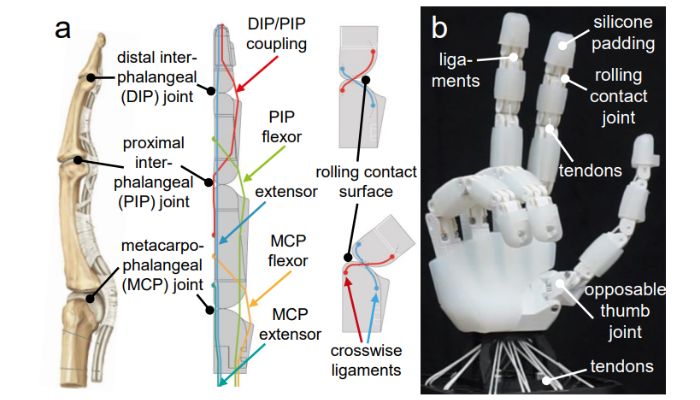Researchers Develop 3D Printed Biomimetic ‘Faive Hand’

The synergy between additive manufacturing and the medical field is significantly growing. From crafting 3D printed blood vessels and implants to fabricating medication in pill form, these applications are expanding and causing a transformative shift in the medical sector. Throughout this journey, noteworthy innovations have often emerged from ETH Zurich. For instance, their researchers have previously introduced skin created through 3D printing using fungi and crafted insoles with real-time monitoring capabilities.
In a recent breakthrough, these researchers are progressing in the realm of robotics by introducing the “Faive Hand,” a tendon-controlled robotic hand produced through 3D printing. In partnership with the Max Planck ETH Center for Learning Systems, they aimed to develop a robotic hand that closely mimics human attributes. Consequently, the Faive Hand exhibits a remarkable likeness to human hands, enabling it to perform daily tasks for us, including household chores.

3D printed Faive hand with tendons and a thumb joint (photo credit: ETH Zürich)
This human-like hand stands out due to its fluid and unrestricted motions, enabling it to execute intricate and skillful activities with precision. In contrast to traditional control approaches based on models, the scientists opted for reinforcement learning (RL) in this instance. RL is especially well-suited for intricate and lifelike robotic configurations such as this one, which demands meticulous and delicate actions and attributes. The Faive Hand, conceived within the Soft Robotics Lab, was fabricated through 3D printing and is propelled by servo motors.
Bridging the Gap Between Man and Machine
Through the incorporation of rolling contact joints, the potential for rotations without a fixed axis is introduced. Nevertheless, this can present challenges in terms of management and maneuverability, primarily due to the intricate nature of its high Degree of Freedom (DoF) design. To address this, joint angle encoders are being developed to enhance accuracy and control during steering operations. Notably, the hand’s simulation framework and its low-level controller facilitate the execution of commands through reinforcement learning (RL) training, showcasing successful skill transfer and capabilities within the IsaacGym simulator.
Presently, researchers are continuously dedicated to enhancing the hand’s capabilities and performance, thereby paving the way for novel prospects in human-machine interaction (MMI) down the line. For more information, click HERE to go to Faive’s website or check out the video below:
What do you think of the biomimetic faive hand? Let us know in a comment below or on our LinkedIn, Facebook, and Twitter pages! Don’t forget to sign up for our free weekly Newsletter here, the latest 3D printing news straight to your inbox! You can also find all our videos on our YouTube channel.
*Cover photo credits: ETH Zürich







